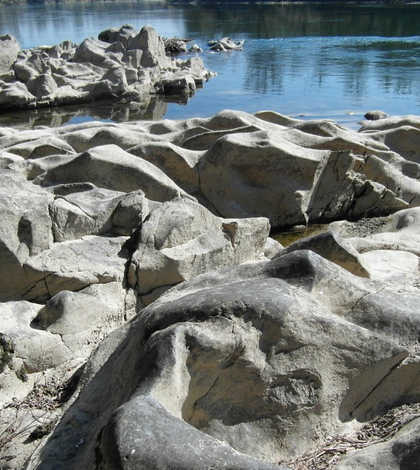Human Carbon Emissions May Delay Next Ice Age

Glacial trough the Upper Rhine, Germany. (Credit: Public Domain)
Researchers exploring the beginnings of the last several ice ages have found a relationship between insolation, or exposure to the sun’s rays, and atmospheric carbon dioxide. Conditions now, with low summer insolation, would typically indicate the beginning of another ice age but there is no sign one is imminent.
According to a release from the Potsdam Institute for Climate Impact Research, the reason is human interference: As never before, humans are acting as a geological force, having already put enough carbon dioxide in the atmosphere to delay the onset of the next ice age 50,000 years beyond any natural delay, for a total 100,000-year delay until the next one.
Researchers discovered the unprecedented delay in ice ages by using an earth system model capable of simulating ocean, ice sheets, global carbon cycle and atmospheric processes at the same time. While the delay in ice ages was predicted even with no human interference, carbon dioxide emitted into the atmosphere by humans to date had the effect of adding 50,000 years to the ice age onset. If humans continue adding carbon dioxide to the atmosphere, further delays are possible.
Top image: Glacial trough the Upper Rhine in Germany. (Credit: Public Domain)





0 comments